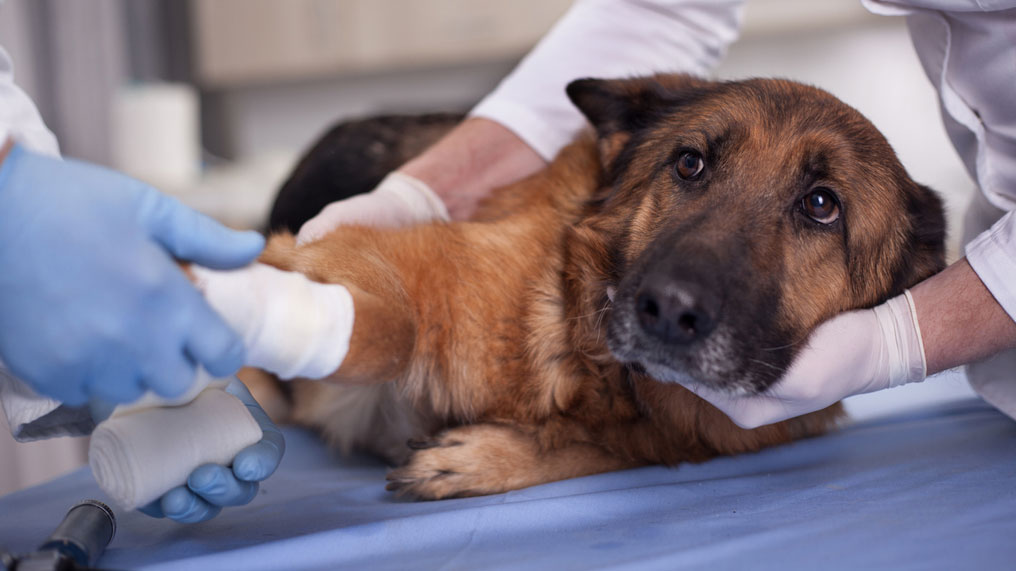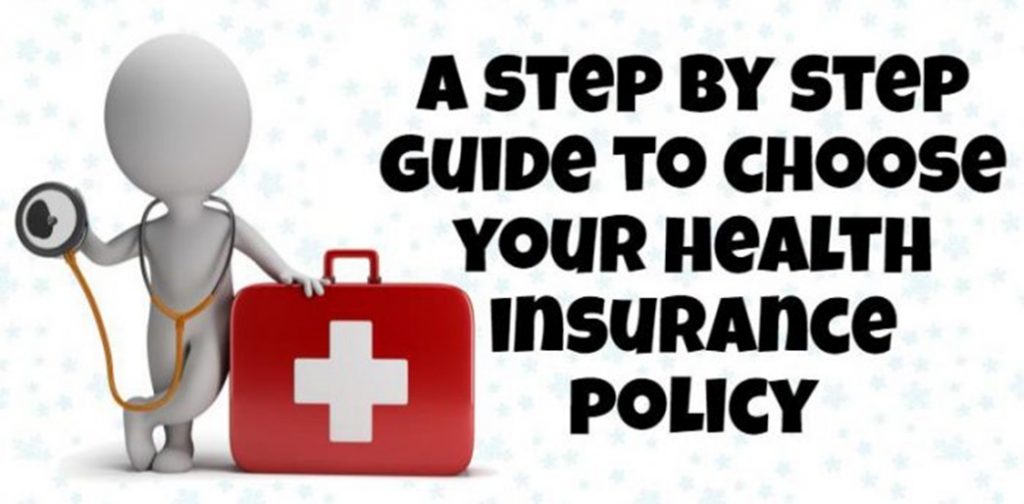Introduction: As devoted pet owners, our furry companions are integral members of our families. Just like humans, pets can encounter emergencies, and being prepared to administer first aid can make a significant difference in their well-being. In this guide, we will walk you through essential first aid tips for common pet emergencies.
Elevate sports safety with on-site first aid sports courses. Equip your team with specialized skills to respond effectively to sports-related emergencies, promoting athlete well-being.
1. Recognizing Signs of Distress: Understanding your pet’s normal behavior is crucial. If your pet suddenly exhibits signs of distress, such as excessive drooling, difficulty breathing, or lethargy, it’s important to act promptly. Keep a keen eye on sudden changes in behavior, as these can be indicators of an underlying issue.
2. Establishing a Pet First Aid Kit: Preparation is key. Create a comprehensive first aid kit for your pet, including items such as gauze, adhesive tape, antiseptic wipes, scissors, and tweezers. Additionally, include your veterinarian’s contact information and any relevant medical records.
3. Handling Cuts and Wounds: If your pet sustains a cut or wound, clean the area gently with an antiseptic solution. Use sterile gauze to apply pressure and control bleeding. For deep or serious wounds, seek immediate veterinary attention. Avoid using human medications without consulting your vet.
4. Addressing Choking: Pets, especially dogs, are known for chewing on objects. If your pet is choking, try to remove the obstruction carefully. For dogs, perform the Heimlich maneuver by applying firm pressure just below the ribcage. Cats may require a different approach, so familiarize yourself with the specific techniques for each species.
5. Treating Burns: Pets can sustain burns from hot surfaces, liquids, or chemicals. For minor burns, run cold water over the affected area and apply a pet-safe burn ointment. Seek veterinary help for severe burns. Never use human products like lotions or creams, as they may contain ingredients harmful to pets.
6. Dealing with Poisoning: In cases of suspected poisoning, contact your veterinarian or an emergency pet poison hotline immediately. Do not attempt to induce vomiting without professional guidance, as it may worsen the situation. Have information on hand about substances toxic to pets.
7. Handling Fractures and Limb Injuries: If your pet experiences a fracture or limb injury, handle them with care to avoid causing further harm. Use a makeshift splint to immobilize the injured limb and transport your pet to the veterinarian for proper evaluation and treatment.
Conclusion: Being well-prepared for pet emergencies is a responsibility that comes with pet ownership. By recognizing signs of distress, having a well-equipped first aid kit, and knowing how to address common issues, you can play a crucial role in ensuring your pet’s health and safety. Always consult with your veterinarian for personalized advice and guidance on handling specific situations.


